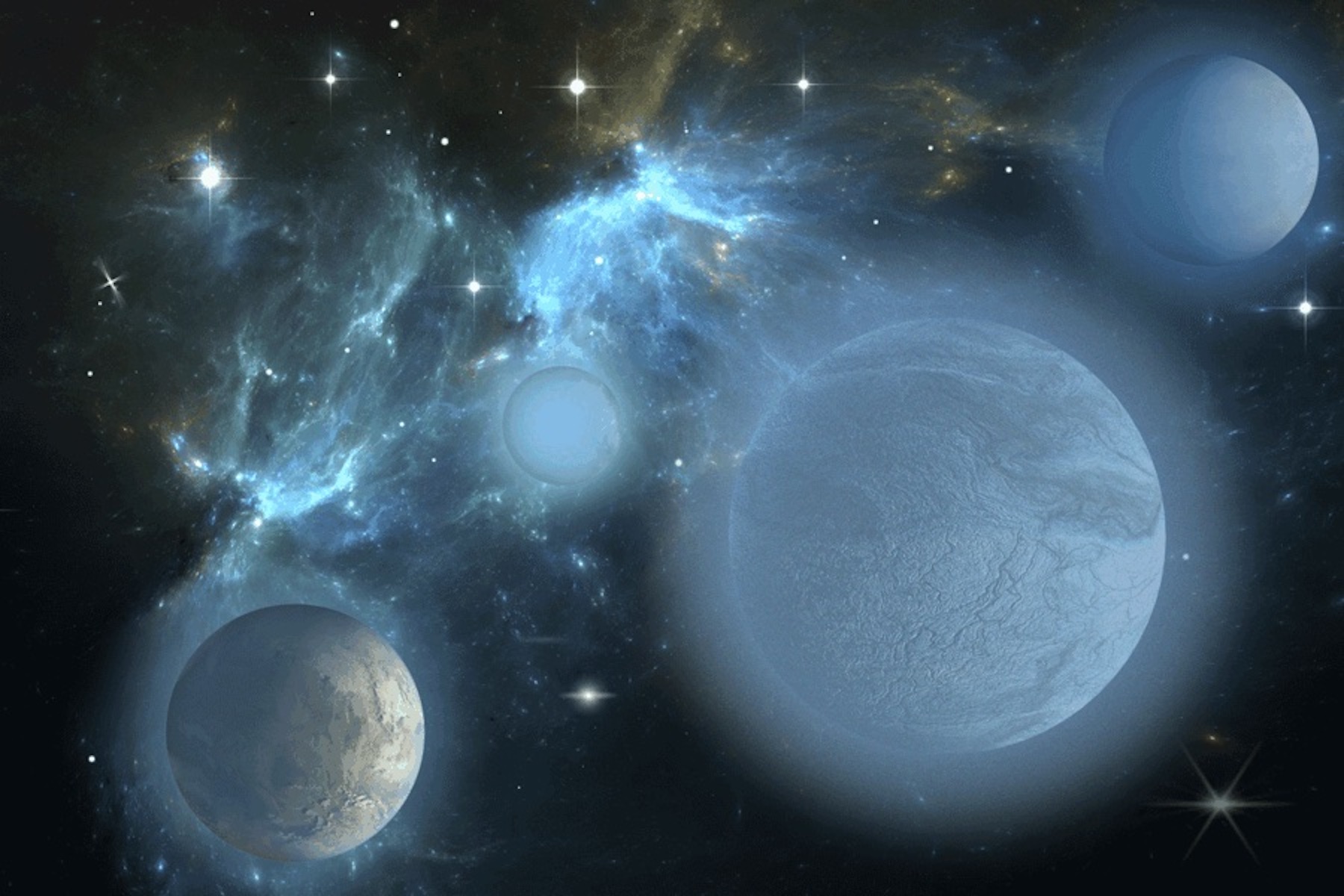The world runs on carbon. Not just fossil-fuel-driven human society, but all life on Earth. Carbon-based organic molecules are a part of every living thing on Earth. Along with oxygen, nitrogen, and water, carbon is a necessary ingredient for life as we know it. So one way to look for life on other worlds could be to look for carbon in its atmosphere. But a new study shows that it’s actually a lack of carbon that could be the best clue to life on another world.
One of the more common carbon molecules for terrestrial planets is carbon dioxide or CO2. Although its rising levels in Earth’s atmosphere pose serious environmental challenges, it has existed in our atmosphere for most of Earth’s history. Carbon dioxide is also the primary component of both the Martian and Venusian atmospheres. So we can expect CO2 to be present in the atmospheres of rocky exoplanets.
Of course, of the Sun’s three potentially habitable worlds, only Earth has abundant life. It also happens to be the only one of the three where carbon dioxide is a trace atmospheric component, not the dominant one. It turns out that’s not a fluke. Earth is not only rich with life, it’s also rich with water and water-rich minerals, and these are really great at absorbing carbon dioxide. Our vast oceans hold much of the carbon dioxide that was once in our atmosphere, which is why it is so lacking in our atmosphere.
In this new study, the authors demonstrate that this is a likely outcome for water-rich worlds. It’s not an easy thing to prove. Just because Earth’s oceans absorb lots of carbon, that doesn’t mean every water-rich planet will. The authors had to comb through troves of research on everything from biology, chemistry, and carbon sequestration to make their case. One key question focused on whether a deficit of atmospheric carbon is a biosignature or merely a habiosignature. In other words, is it primarily the living organisms on a wet Earth-like world that drive carbon sequestration, or is merely the presence of large oceans enough to get the job done?

The answer seems to be that while life helps sequester carbon, it could also happen on a lifeless hycean world. So if we look at the atmospheres of terrestrial exoplanets, those with only traces amount of CO2 are the ones likely to be the most like Earth. This doesn’t mean that these exoplanets harbor life, but it does mean that they have all the necessary ingredients for life, with heat, water, and the kind of complex molecules that form the foundation of life.
The team went on to show that this carbon deficit in exoplanet atmospheres can be detected by the James Webb Space Telescope for nearby systems. An excellent candidate for this kind of search is the Trappist-1 system, which is only 40 light-years away. So we might find evidence of potential neighbors in the near future.
Reference: Triaud, Amaury HMJ, et al. “Atmospheric carbon depletion as a tracer of water oceans and biomass on temperate terrestrial exoplanets.” Nature Astronomy (2023): 1-13.

